Ivey McDaniel | Arts & Entertainment Editor
Cyber bullying, defined as actions that use information and communication technologies to support deliberate, repeated, and hostile behavior by an individual or group, that is intended to harm another or others is becoming a harsh reality on many U.S. high school campuses.
“I’ve seen it on Twitter before, but it’s usually just playful things,” junior Kelly Walsh said.
In a recent study by The Bitdefender, research shows cyber bullying can be broken into five categories: Rumors, mocking, insults, threats, and photo sharing with out permission.
“I think cyber bullying gives people more confidence because they don’t have to deal with someone’s reaction right away. They have time to think about what they’re going to say instead of having to think of something on the spot,” Walsh said.
Just this month, 15 year old high school student Amanda Todd was found dead in her Canadian home. Tormented by cyber bullies, Todd made a Youtube video explaining her struggles with online bullies. Todd had previously attempted suicide by drinking bleach, but succeeded early October when she hanged herself.
“I think, to consider something bullying or not, it depends on how well you know someone. If you’ve known them for fifteen years that’s more understandable than if you just met someone, or if you mock something really personal,” Walsh said.
And another one, New York teenager Felicia Garcia, jumped in front of a train at a Staten Island station October 24th. Garcia, also a victim of bullying, committed suicide in front of peers after rumors about her relationship with a football player emerged. Garcia tweeted ‘I cant, im done, I give up’ two days earlier.
“Cyber bullying really takes what has been an ongoing problem in schools since the beginning of time and maximizes it. Someone is exploiting a balance of power against someone else because they’re different and they use it against them. Now, with the invention of cell phones, everybody has access to the internet, and all of the social media is a new forum to take advantage or embarrass other people,” assistant principal Stuart Guthrie said.

This isn’t a new issue. Many schools, even is NEISD, are dealing with online bullies.
“I think all schools deal with this. I think if there’s one instance [of bullying], there’s a problem, whether or not it’s campus wide or going onto a great degree. I’m not sure how we compare to other schools. The sooner we deal and address the problem, the better,” Guthrie said.
Usually bullies act on impulse and just enjoy being malicious, but there could be more serious problems.
“Bullies are insecure about something in their own life so they tease others’ faults and shift that power to make themselves seem funny, strong or better to mask that insecurity. Or it could be a bigger issue, like depression, that would want to do something to get back at others or jealously. There’s a hundred different reasons and I think it varies from each case,” Guthrie said.
The problem is, when, if at any time, should administration step in?
“I think the state law has changed that we can intervene when it becomes a part of campus. If something is said on Facebook on Saturday night… no we don’t go combing through records of all our kids, that would be ridiculous. But if what was said on Saturday becomes a fight or disagreement or destruction of school property on Monday, then we get involved. Parents will bring us in post or students, and that’s how we handle that. We can’t police 2700 kids Facebooks, Twitters, and whatever else,” Guthrie said.




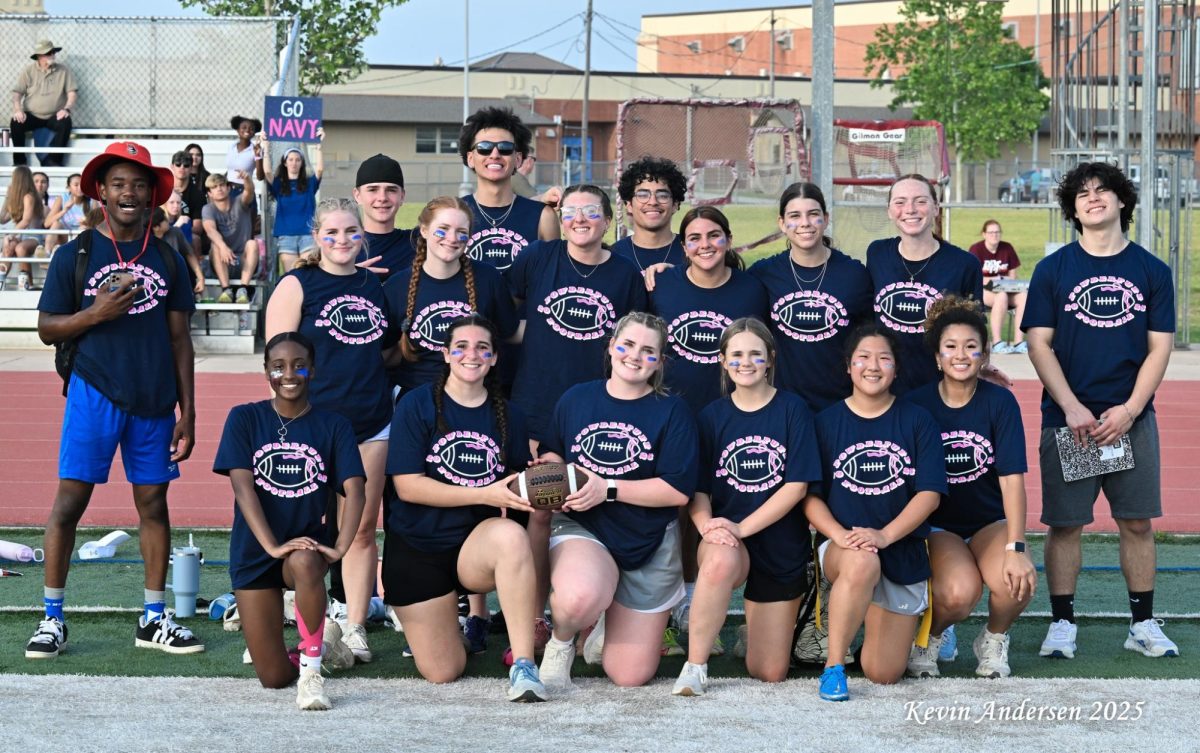

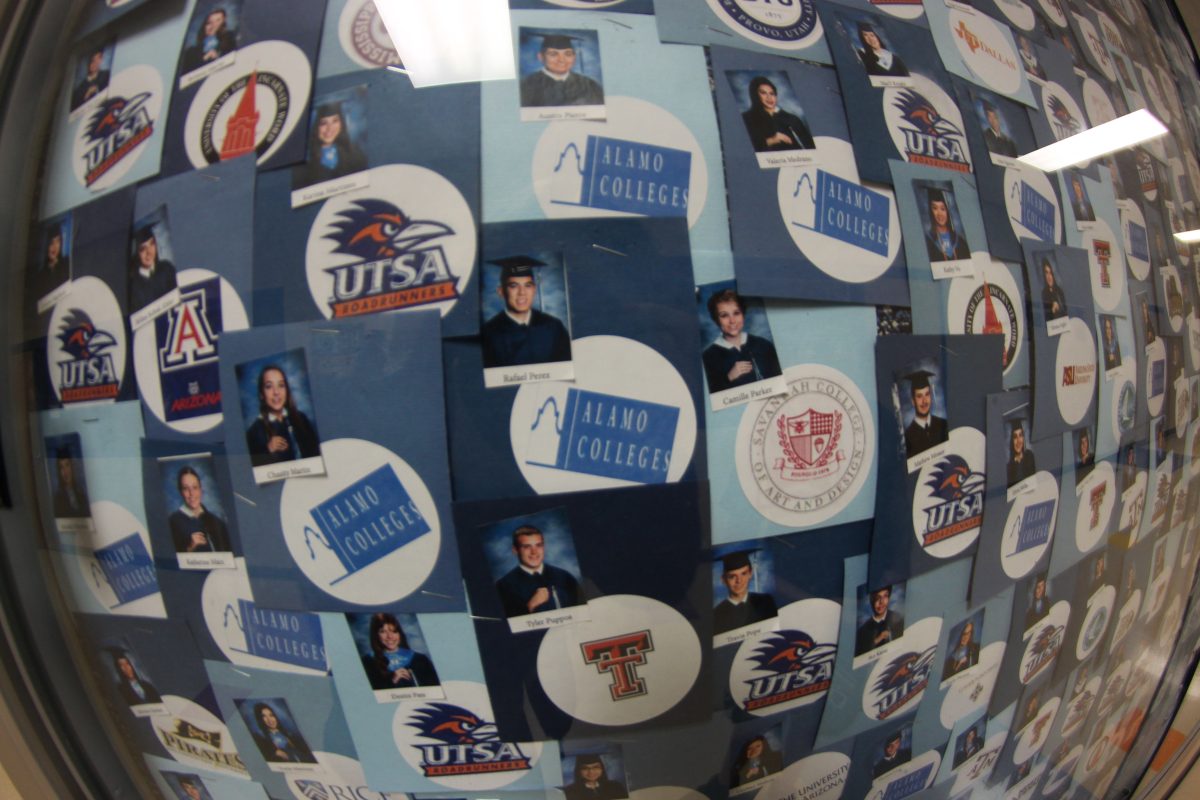
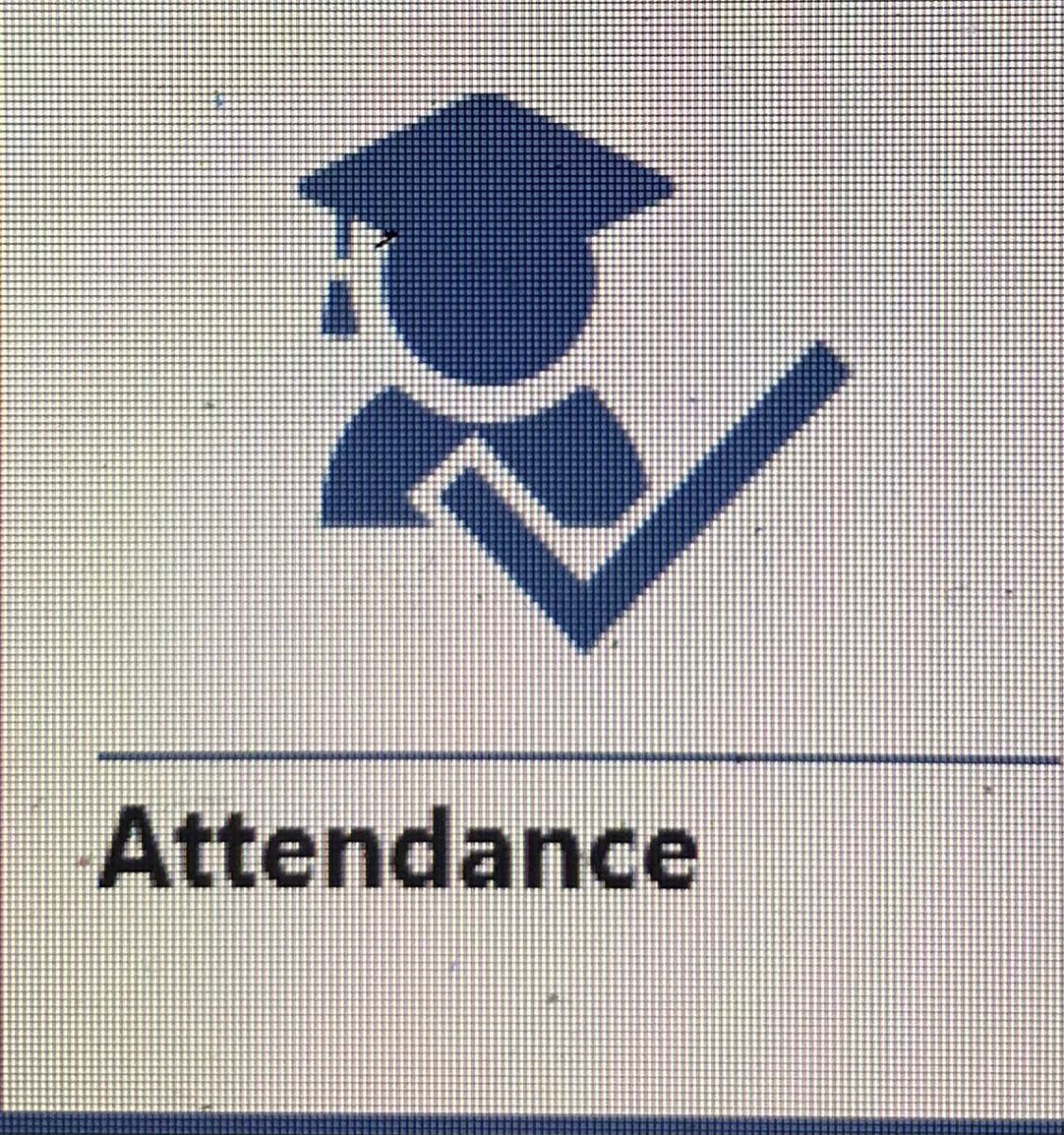
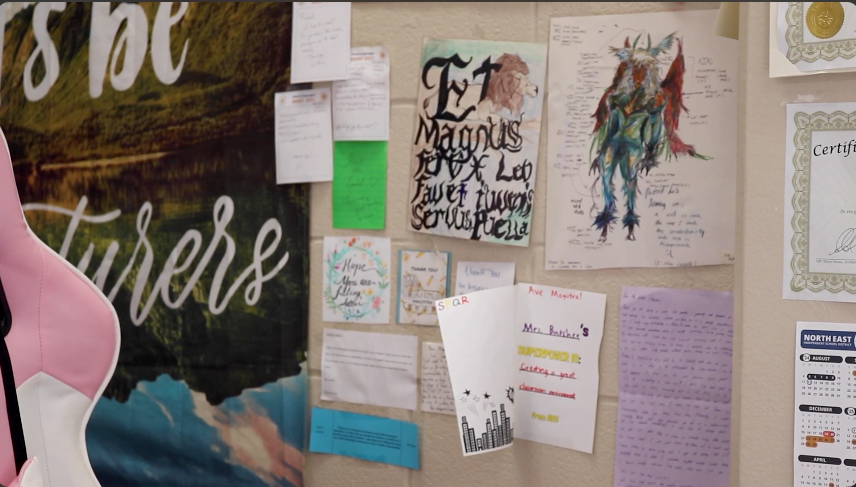
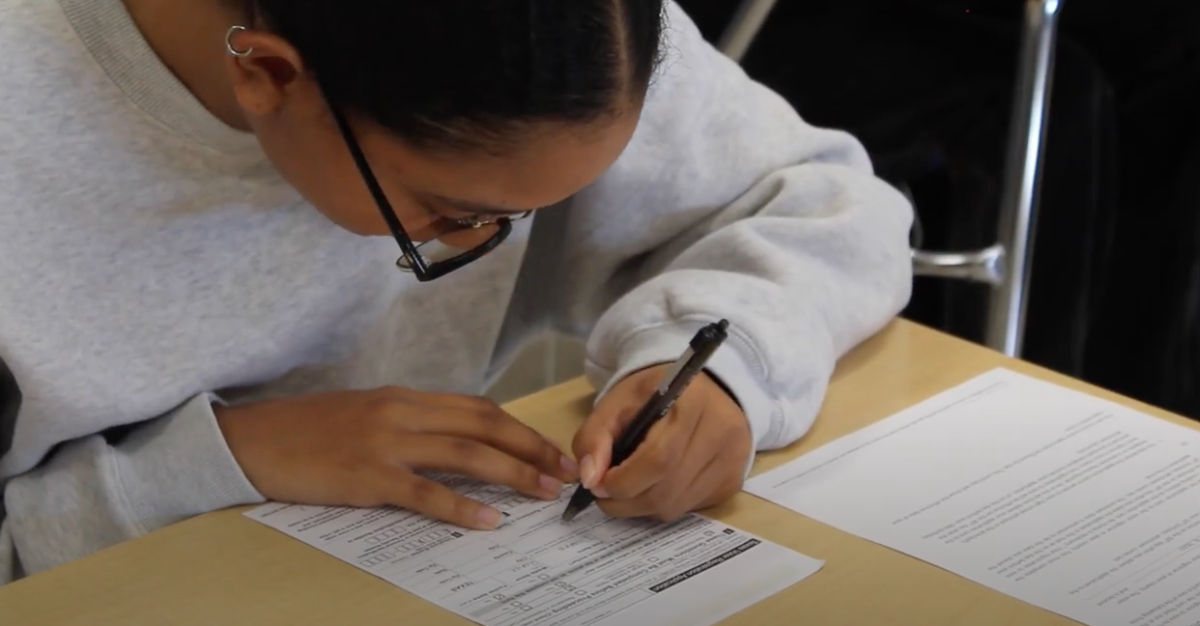

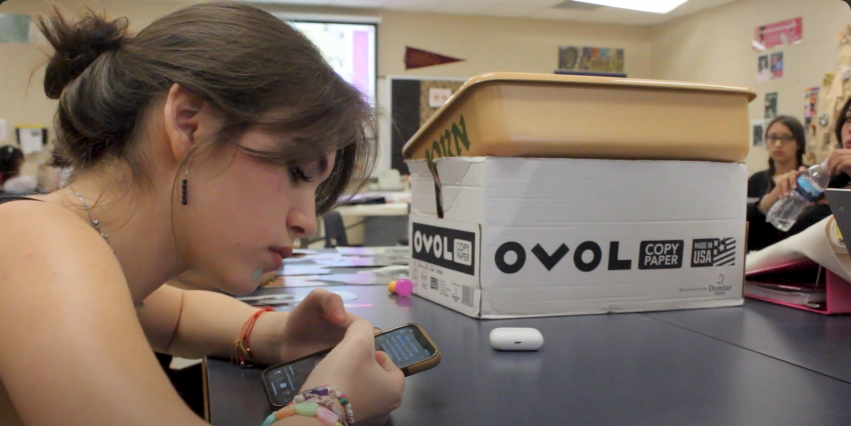
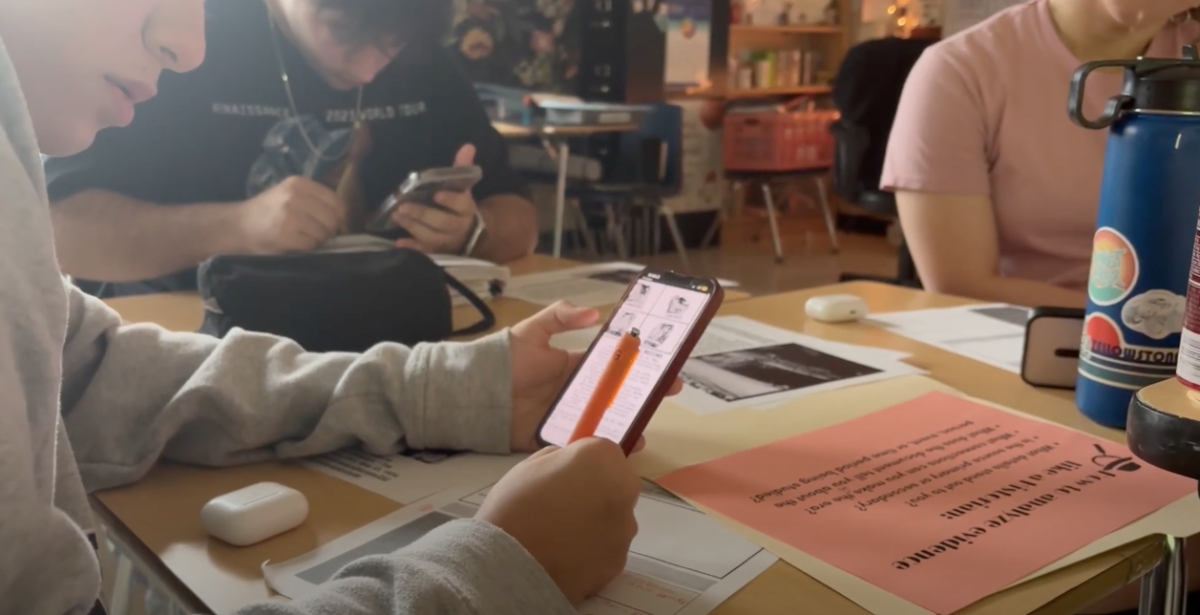


Kyndal • Jan 11, 2013 at 11:29 am
This was a great article. It really shows readers the consequences bullying can cause. In my opinion, all of the quotes are true. I agree with the story. Bullies are unnecessary and definitely do it for the attention, or because of a lack of self confidence. Great job on the article, Ivey.